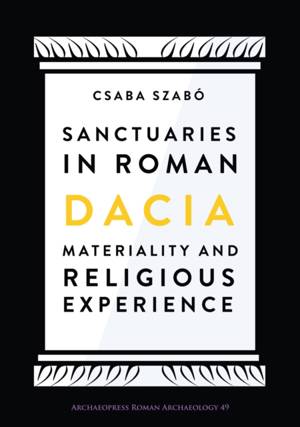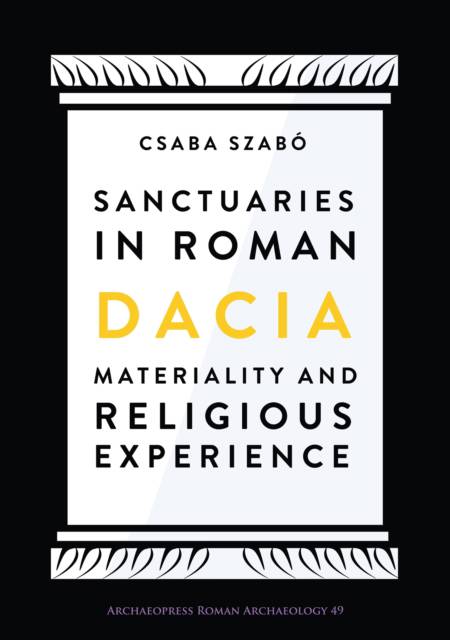
Je cadeautjes zeker op tijd in huis hebben voor de feestdagen? Kom langs in onze winkels en vind het perfecte geschenk!
- Afhalen na 1 uur in een winkel met voorraad
- Gratis thuislevering in België vanaf € 30
- Ruim aanbod met 7 miljoen producten
Je cadeautjes zeker op tijd in huis hebben voor de feestdagen? Kom langs in onze winkels en vind het perfecte geschenk!
- Afhalen na 1 uur in een winkel met voorraad
- Gratis thuislevering in België vanaf € 30
- Ruim aanbod met 7 miljoen producten
Zoeken
Omschrijving
This book is the first comprehensive work focusing on lived ancient religious communication in Roman Dacia. Testing for the first time the 'Lived Ancient Religion' approach in terms of a peripheral province from the Danubian area, this work looks at the role of 'sacralised' spaces, known commonly as sanctuaries in the religious communication of the province. The author analyses the role of space sacralisation, religious appropriation, embodiment and the social impact of religious communication in urban contexts (Apulum), military contexts (Porolissum and Mehadia), and numerous examples from rural (non-urban) environments (Ampelum, Germisara, Ad Mediam, and many others). The book concentrates not only on the creation and maintenance of sacralised spaces in public and secondary locations, but also on their role at the micro-level of objects, semi-micro level of spaces (settlements), and the macro-level of the province and the Danubian region as a whole. Innovatively as regards provincial archaeological research, this book emphasises the spatial aspects of lived ancient religion by analysing for the first time the sanctuaries as spaces of religious communication in Dacia. The work also contains a significant chapter on the so-called 'small-group' religions (the Bacchic, Mithraic and Dolichenian groups of the province), which are approached for the first time in detail. The study also gives the first comprehensive list of archaeologicallyepigraphically- attested, and presumed sacralised spaces within Dacia.
Specificaties
Betrokkenen
- Auteur(s):
- Uitgeverij:
Inhoud
- Aantal bladzijden:
- 254
- Taal:
- Engels
- Reeks:
Eigenschappen
- Productcode (EAN):
- 9781789690811
- Verschijningsdatum:
- 27/11/2018
- Uitvoering:
- Paperback
- Formaat:
- Trade paperback (VS)
- Afmetingen:
- 208 mm x 287 mm
- Gewicht:
- 816 g

Alleen bij Standaard Boekhandel
+ 108 punten op je klantenkaart van Standaard Boekhandel
Beoordelingen
We publiceren alleen reviews die voldoen aan de voorwaarden voor reviews. Bekijk onze voorwaarden voor reviews.









